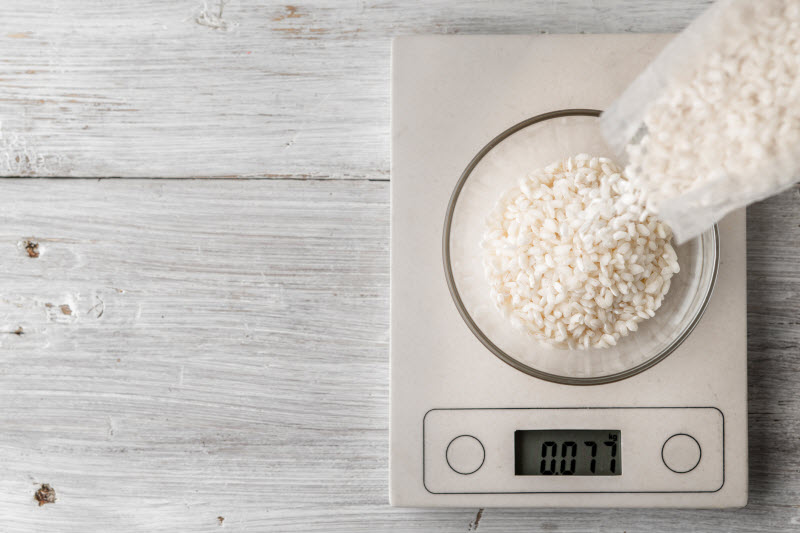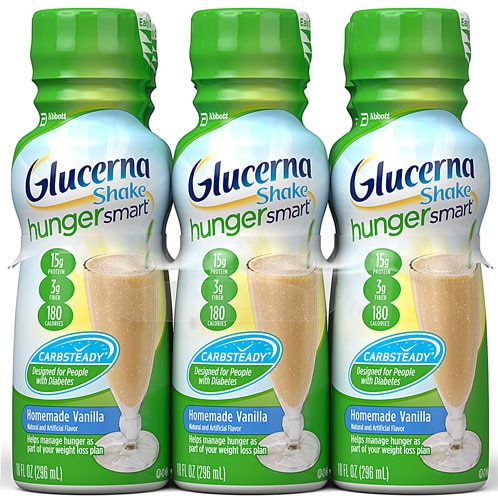If you’ve ever spent time learning about
diet and nutrition, there’s a good chance you’ve heard the term “macros,” which is short for
macronutrients. Don’t worry though, it’s not as intimidating as it sounds. Macros is simply another way of referring to the carbohydrates, protein and fat found in food.
Whether you want to build muscle, lose body fat, improve/maintain your overall health or do all three, it’s important to understand how to correctly portion macros (per meal and per day) – especially if you want to achieve the best results possible.
 First, what are macros?
First, what are macros?
The three macros or macronutrients include carbohydrates, protein and fat. Why are they called macros? Macro is a Greek word for large. The body needs these specific nutrients in large amounts for basic survival, whereas micronutrients (vitamins, minerals and other nutrients) are needed in smaller amounts to maintain good health.
Let’s take a look at each of the macros and their functions in the body.
Carbohydrates
Carbohydrates, or
carbs, are sugars, starches and fibers found in grains/wheat, vegetables, fruits, dairy and more. The role of carbs is to provide the body with energy and is the primary source for fueling daily activities.
After entering the body, carbs convert to glucose, and with proper insulin production, the cells, organs and tissues use the resulting glycogen for energy.
While protein and fat also can be utilized for fuel, carbs are the only macro that can break down quickly enough
to sustain high-intensity activities.
Protein
Composed of about 20 different types of amino acids (building blocks), protein is found in all body tissue including muscles, skin, bone and hair and is essential for various chemical processes and overall health. Protein is found in meats, eggs, dairy, beans, tofu and many other foods.
If you want to build muscle, or lose fat while maintaining muscle, a
sufficient protein intake is non-negotiable.
Fat
Dietary fat is vital for brain health, hormones, inflammation, nutrient absorption, energy, cholesterol and more.
There are various
forms of dietary fat but the two most common are saturated and unsaturated. Saturated fats, such as butter, are solid at room temperature and should be consumed in small amounts, typically less than 10% of your total fat intake. Unsaturated fats are considered “healthy fats” and are liquid at room temperature (for example,
avocado oil).
How to estimate your ideal macro intake
To accurately estimate your ideal macro intake, it’s important first to determine your optimal daily calorie intake based on your goals.
To do this, you have to first find your total daily energy expenditure (TDEE), which can be done using a tool such as this
TDEE calculator (which also estimates BMI, BMR, ideal weight and maximum muscular potential).
The TDEE calculator first estimates your BMR (basal metabolic rate) or metabolism based on basic stats such as gender, age, weight, height and body fat level (optional but may give a more accurate estimate). Activity levels are factored in, and that is how TDEE is determined.
If you want to manually figure out your TDEE, you also can use this formula:
Men: 10 x weight (kg) + 6.25 x height (cm) – 5 x age (y) + 5
Women: 10 x weight (kg) + 6.25 x height (cm) – 5 x age (y) – 161
After you’ve determined TDEE, you can use general daily macro intake recommendations to structure a
nutritional regimen.
General macro recommendations:
- Carbs: 45-65% of total daily calories
- Protein: 10-35% of total daily calories
- Fat: 20-35% of total daily calories
This is a good general ratio range for most active people. However, it can be modified based on personal goals or even the health of an individual.
“Don’t get too hung up on the ‘perfect’ balance, as what works for one person may not suit you,” says
Victoria Taylor, dietitian with the British Heart Foundation.
Food choices and maintaining a proper nutrient balance are even more important considerations than the actual recommended percentage range of each macro. For example, it’s recommended that carbs make up most of the diet. But that doesn’t mean you should be loading up on rice, potatoes and grains to achieve the desired carb intake!
Greens and other fibrous veggies are considered carbohydrates and should make up a large portion of your daily carb intake for optimal health, as they also provide healthy fiber, vitamins and minerals. This is especially true if, for example, you normally suffer from elevated blood sugar levels.
You want to limit the higher glycemic options or eat more sugary and starchy carbs if you’re a very active individual.
If you engage in intense weight training several times per week, then you’ll need more of those starchy and sugary carbs to fuel your sessions. But you’ll also require more protein to support the repair process.
Then there are diets that call for intense nutritional restrictions or modifications (such as the keto diet) that involve severely restricting carbs and drastically increasing fat intake. Remember, you have to find the proper overall nutritional balance that allows you to progress but still maintain your health.
“The balance of food groups you consume is important, as it affects how satisfied you feel with your meals and whether you are getting all the nutrients you need,” says Taylor.
How to track macros
There are several effective methods for tracking macros. And while you can count numbers in your head, it’s recommended that you log nutrition somewhere – whether it’s on an app, in a journal or via whatever method is convenient and easy for you to access and follow.
Here are the most common methods for tracking macros.
Apps
Apps make tracking macros convenient. One of the most popular and commonly used is MyFitnessPal, known for its accurate nutrition database, which includes more than 11 million different foods. It lets you use your phone’s barcode scanner, and you also can and save recipes and meals. In addition, you’ll have access to a large community that you can connect with for advice and sharing experiences.
Other apps to consider include My Macros+, My Plate, Lose It and Cronometer. Apps are arguably the easiest way to track macros and the features make it totally worth it!
Journaling
Many people prefer to manually track their macros. Does it mean more work? Maybe a little, since you can’t just scan and electronically log. But most food product labels tell you exactly how many carbs, protein and fats are found in a serving. It’s pretty easy, once you get the hang of it.
Digital scale
Another way to track macros is to use a digital scale to weigh food and then input the numbers into an app (or track the numbers manually). This method is common for people who already have a good idea of how much of each macro they’re typically consuming in a day. Many bodybuilders and athletes use a scale because it’s precise – no guessing or questioning.
 First, what are macros?
First, what are macros?


